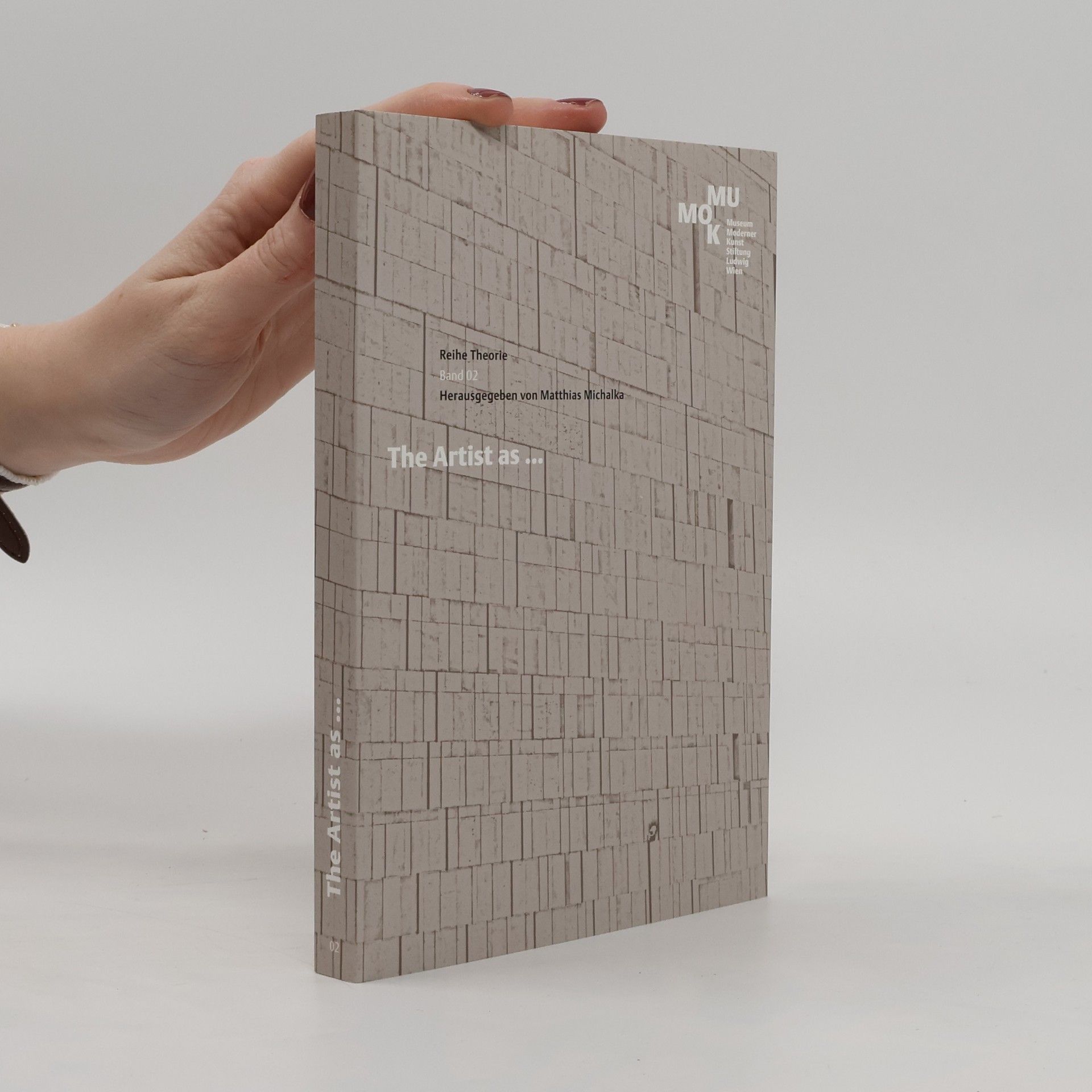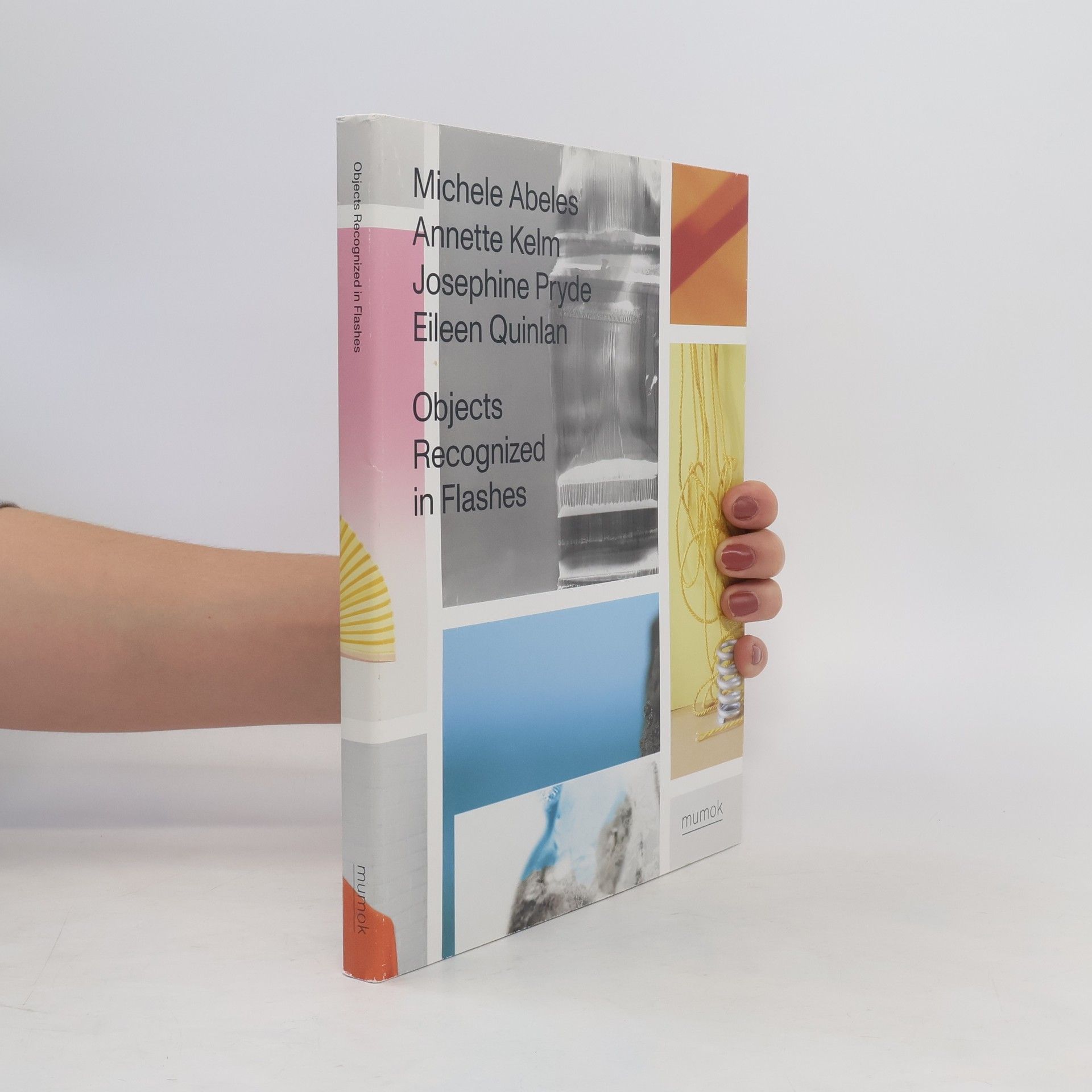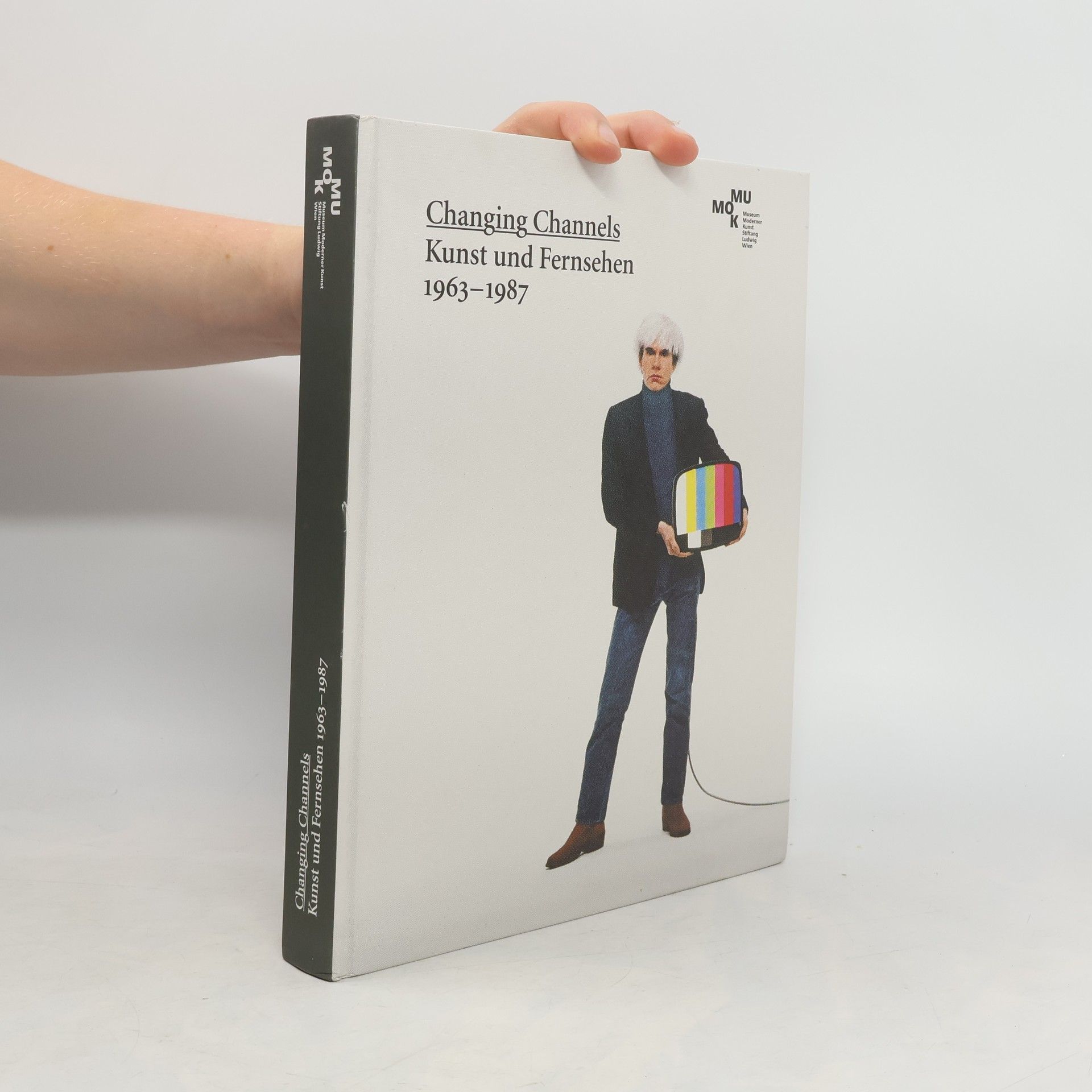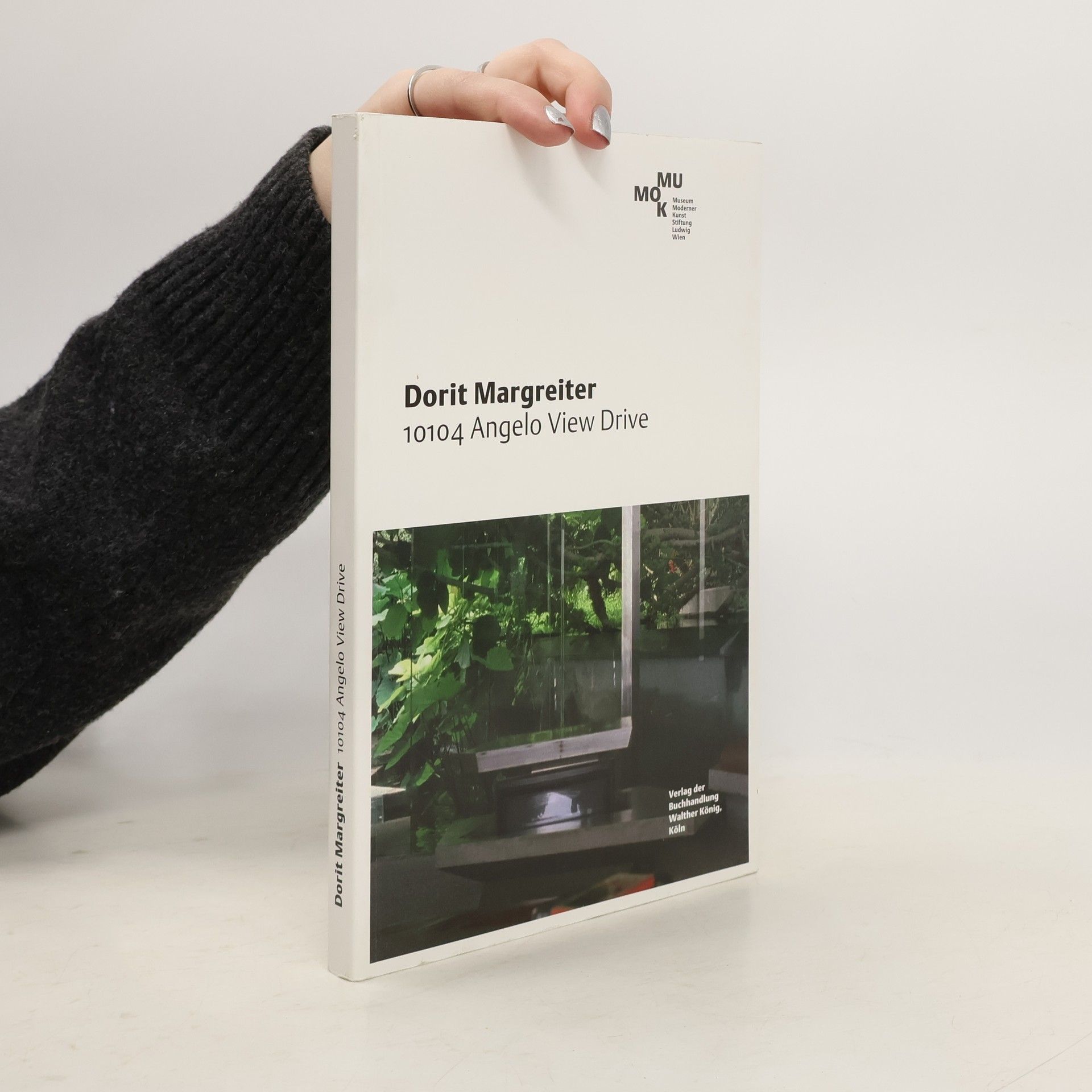Wolfgang Tillmans. Sound is Liquid
Ausst. Kat. Museum moderner Kunst Stiftung Ludwig Wien 2021/22
Tillmans' photographic explorations of human connection and tangibility in dialogue with our new virtual present The observation of people--their bodies, movements, relation to surroundings--lies at the core of the diverse oeuvre that German photographer Wolfgang Tillmans (born 1968) has amassed over the past three decades. Today, these haptic relations and interactions are undergoing massive shifts in light of the COVID-19 pandemic and technological change, as the necessity of social distancing and the migration of everyday life into virtual space transforms how we interact with one another. Wolfgang Tillmans: Sound Is Liquidreflects on the photographer's oeuvre against the backdrop of these societal developments. Accompanying an exhibition at the Museum Moderner Kunst Stiftung Ludwig (MUMOK) in Vienna, Austria, this catalog features a wide selection of Tillmans' work from his early photographs produced in the pop-culture milieu of the 1990s to his acclaimed photographic abstractions, his high-resolution images of the globalized and digitalized reality of the early 21st century, and photos taken shortly before and during the coronavirus pandemic.




